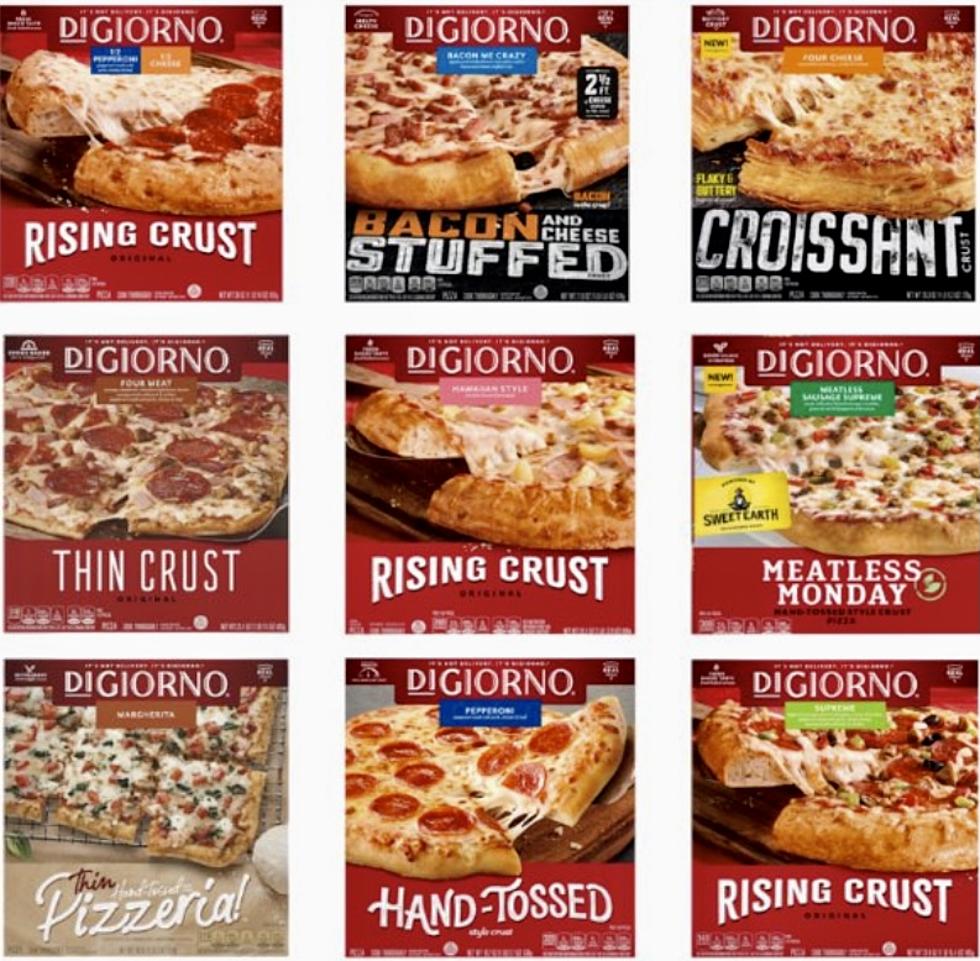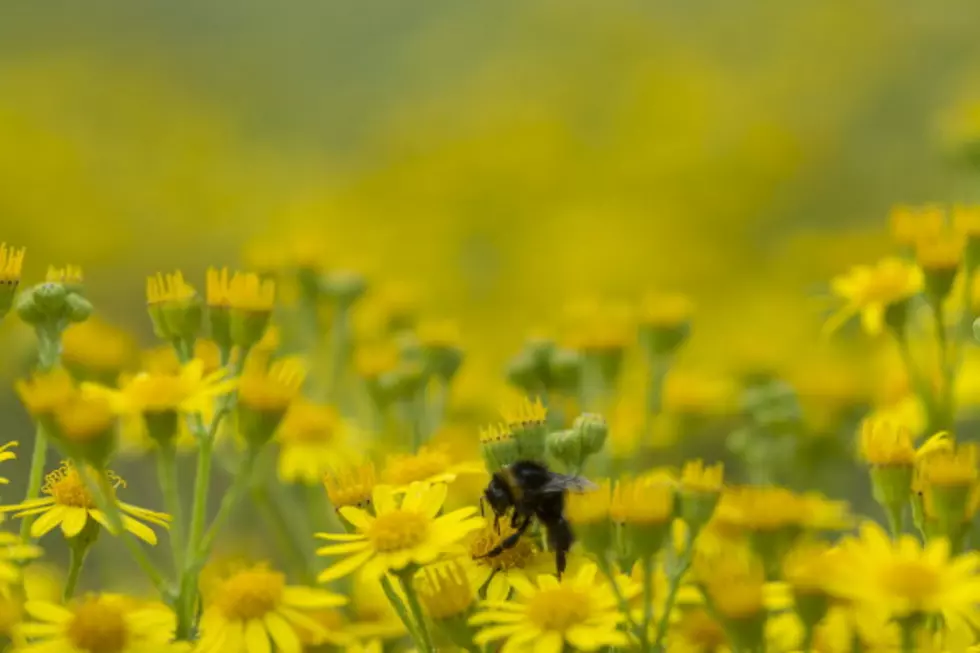
Allergies? Steps Louisiana Sugarcane Farmers Take for a Prescribed Burn
Sugarcane arrived in Louisiana in the mid-1700s and is one of the most historic industries in the state. According to lsuagcenter.com, the Louisiana commercial sugarcane industry was born in New Orleans at Audubon Park and has operated continuously since.
Sugarcane farmers have to burn sugarcane before crops are taken to local mills. Now, if you suffer from upper respiratory illnesses and allergies, you may wonder why.
It is very important to know why local Louisiana sugarcane farmers burn sugarcane. It certainly isn't to aggravate your respiratory illnesses and allergies.
To understand why sugarcane has to be burned, one must first understand the makeup of a sugarcane stalk.
The leafy material part of a stalk of sugarcane has virtually no sugar and must be removed. So the leafy part and the top of the stalks have to be removed before processing. The most efficient way to do that is by a controlled burn.
Burning sugarcane lowers processing costs for local farmers, lessens the number of trips to local mills meaning less wear and tear on Louisiana roadways, shortens the harvest season and improves the quality of sugar produced.
Another reason is that there is no current technology that is more efficient than a controlled burn.
If Louisiana farmers didn't burn sugarcane to remove the "trash" parts of the stalk, it would cost them millions.
The state of Louisiana has Certified Prescribed Burn Managers (CPBM) that teach farmers and staff how to execute controlled burns appropriately.
Here are the steps a CPBM must consider before executing a prescribed burn (According to lsuagcenter.com)
- Identify areas that are sensitive to smoke and ash.
- Have a burn plan.
- Check the local forecast from a trusted source.
- Determine the day the burn will take place.
- Measure how far the smoke and ash will travel.
- Determine the direction the smoke and ash will take.
- Evaluate the burn results.
So during the Louisiana sugarcane harvest season, which typically begins in October, prepare for the burning of sugarcane and large trucks on Louisiana roadways loaded with tons of sugarcane headed to local mills for processing.
And if you struggle with medical conditions due to the burning of sugarcane, contact your doctor to design a plan to keep you healthy during the last quarter of the year.
25 Lafayette Memories from the Past 25 Years
More From 99.9 KTDY









